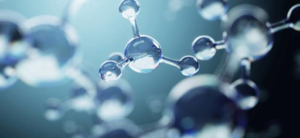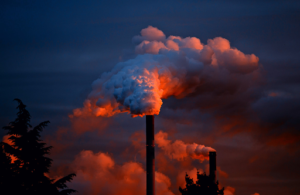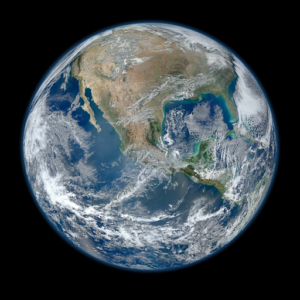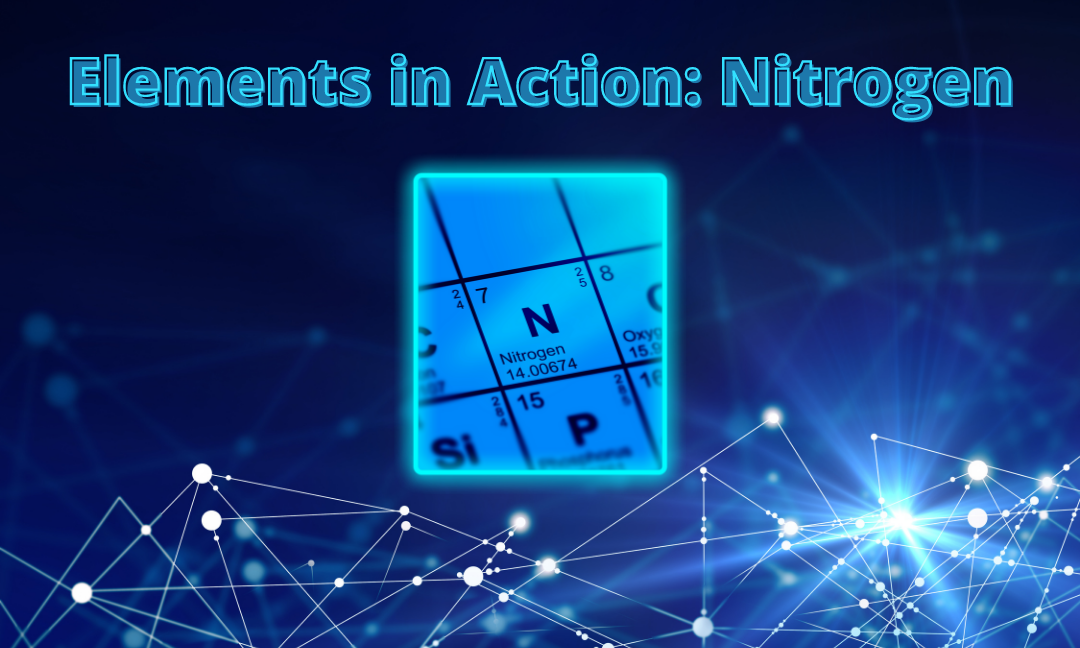Author: Stacey Kiseliouk
Editor: Emily Usprich-Couture
Graphic Designer: Alessia Carpino
Publisher: Jumana Ismail
If I were to ask you what the most important element of the periodic table is, you might respond with oxygen. Maybe carbon, hydrogen, or even calcium would be among your top picks.
But while these are all important, there is one element often left out of the equation.
This element makes up 78% of the atmosphere; an element that is the fifth most abundant in the universe; and an element that is a key building block of not only proteins, but also DNA and RNA.
This element, of course, is nitrogen.

In humans, nitrogen is found in every single process involving growth, cell replacement, tissue repair, and our metabolisms.
In plants, nitrogen makes up chlorophyll, an essential component of the photosynthesis process that uses the sun’s energy to make sugars from water and carbon dioxide. More than that, nitrogen is also found in ATP (adenosine triphosphate) – the source of energy for cellular processes.
If you haven’t gotten the point by now, just know that nitrogen is incredibly important.
It’s because of this that, in many ways, it’s a lot like carbon as yet another organic element, but the similarity doesn’t end there.
Nitrogen, like carbon, undergoes its own cycle through the biosphere, changing from state to state in usable forms for other organisms.

As we begin in the atmosphere as nitrogen gas, we are left with the first process of the nitrogen cycle: nitrogen fixation.
As nitrogen gas diffuses into soil, species of bacteria convert it into ammonia ions for the use of plants like legumes. Legumes contain root nodules with nitrogen fixing bacteria. These are the ones converting nitrogen for plants in an almost symbiotic relationship.
But this ability is unique to legumes, who can actually use ammonia (NH3) unlike the majority of other plants.
So what do these other plants do?
Well, nitrogen fixing bacteria still exists outside of the root nodules, and are actually found in the surrounding soil as well, allowing the bacteria to create ammonia to be used in the next step: nitrification.

Nitrification turns ammonia into the compounds nitrites (NO2) and nitrates (NO3), respectively, with nitrifying bacteria.
This is the specific form non-legume plants will need to make proteins, and a form absorbed through the next stage, assimilation, where plants receive the compounds (nitrites and nitrates) through root uptake.
But the process doesn’t end there.
Once plants are eaten by animals, the nitrogen continues moving in ammonification, meaning the decaying plants and organisms (and their nitrogen) become ammonia once again, and reenter the nitrogen cycle.
It can then redo some of these processes or finally enter back into the atmosphere through denitrification – using denitrifying bacteria, of course.
But let’s pause here and go back to the ‘carbon comparison’ we made earlier. I mean, what other things do nitrogen and carbon have in common?
Well, for starters, they’re both at a disbalance in our biosphere, and humans are obviously to blame.

Nitrogen fertiliser has become an essential part of our agriculture, making it the largest contributor to our imbalance issue today. As of 2000, about 100 Tg of reactive nitrogen have been released each year from this alone.
In English, this refers to teragrams, a unit that equals 1 billion kilograms. So, our 100 teragrams of released nitrogen becomes 100 billion kilograms for easier visualisation.
But because of the widespread cultivation of nitrogen-fixing crops like legumes, another 40 Tg is added.
When we burn any kind of biomass, and clear forests and grasslands, we convert yet another 40 Tg.
Draining wetlands allows organic matter in the soil to oxidise, releasing 10 Tg, while clearing land for vegetation and crops releases 20 Tg.
So far, we are at 210 Tg, or 210 billion kilograms of reactive nitrogen. 210 billion kg that, as we know, has been released yearly since the year 2000.
Not good.
But even then, there’s one more important factor missing from this equation, a factor that fills cities and ensures more risks than any other here: cars.

As cars release nitrogen oxides – usually called NOx – we not only release 20 Tg of reactive nitrogen, but also produce low lying ozone in areas with high concentrations (cities, particularly).
This doesn’t just have consequences on the environment, but also on people. NOx can cause or worsen asthma, cough, reactive airway disease, respiratory tract inflammation, and chronic respiratory disease.
At mid-level, it can act as a greenhouse gas, with each molecule absorbing about 200 times as much outgoing radiation as carbon dioxide.
While low lying reactive nitrogen increases ozone, it actually destroys ozone at high altitudes. By destroying ozone in the stratosphere, more ultraviolet light can reach Earth’s surface and result in more skin cancer.
When it comes to the environment, the level of impact is very much the same.
The nitric oxides released from fossil fuel combustion can form smog and acid rain that damages livestock, plants, animals, and soil, as well as affects the breeding and survival rates of aquatic species.
Excessive nitrogen can lead to abnormal growth of algae in what is known as eutrophication, while simultaneously decreasing biodiversity levels and polluting ground water.
But of course, everything’s fixable, right?
That’s a bit of an over exaggeration, but yes, there are a few steps we can take.
Earlier on I mentioned how much nitrogen was released because of fertilisers, but by establishing proper fertiliser regulations, this number can be lowered. Even marks of standardisation can be used, something many governments are already doing.
Individually, eating fewer energy intensive foods and trying to minimise fuel-heavy forms of transportation works exactly the same way, and these suggestions aren’t unique to nitrogen pollution either.
Either way, by using these strategies, we can ensure safety for both humans and wildlife alike.
Often, nitrogen pollution is left out of the climate change equation, but its cycle is important to consider the same way we discuss carbon.
With so much disbalance among Earth’s cycles, it can be difficult to believe anything will change, but by gaining awareness, we have already achieved something huge.

Research
Aczel, Miriam R. “What Is the Nitrogen Cycle and Why Is It Key to Life?” Frontiers for Young Minds, 12 Mar. 2019,https://kids.frontiersin.org/articles/10.3389/frym.2019.00041.
“The Nitrogen Cycle.” Science Learning Hub, https://www.sciencelearn.org.nz/resources/960-the-nitrogen-cycle.
Brown University. “How Humans Have Disrupted the Nitrogen Cycle.” ScienceDaily, ScienceDaily, 5 June 2009, https://www.sciencedaily.com/releases/2009/06/090604144322.htm.
Blaszczak-Boxe , Agata. “Facts about Nitrogen.” LiveScience, Purch, 28 Sept. 2017, https://www.livescience.com/28726-nitrogen.html.
Gillespie, Claire. “Why Is Nitrogen Important for Living Things?” Sciencing, 2 Mar. 2019, https://sciencing.com/why-nitrogen-important-living-things-4609019.html.

